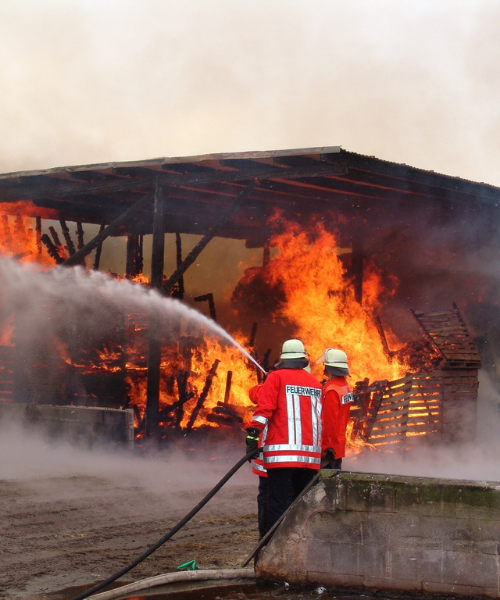Basic Course of Firefighting and Rescue
Curriculum Description
The Basic Course of Firefighting and Rescue is designed to provide individuals with the knowledge and skills necessary to effectively respond to fire emergencies and rescue situations. This course covers topics such as fire behavior, fire suppression techniques, rescue operations, and the use of personal protective equipment. Participants will learn how to safely operate firefighting equipment, conduct search and rescue operations, and provide basic first aid to those in need. The course also emphasizes the importance of teamwork and communication in emergency situations. Overall, the Basic Course of Firefighting and Rescue prepares individuals to respond to a wide range of emergency situations and mitigate the potential risks and damages associated with fires and other rescue scenarios.
Suitable Participant
The Basic Course of Firefighting and Rescue is suitable for individuals who are interested in pursuing a career in firefighting or emergency response, as well as those who may be required to respond to fire emergencies and rescue situations as part of their job responsibilities. This course may be particularly relevant for:
- Firefighters, both volunteer and professional, who are looking to enhance their knowledge and skills in firefighting and rescue operations.
- Emergency responders, such as police officers and paramedics, who may be required to respond to fire emergencies and rescue situations.
- Industrial workers who work in environments where there is a risk of fire or other emergencies, such as oil refineries or chemical plants.
- Safety professionals who are responsible for ensuring compliance with fire safety regulations and promoting workplace safety.
- Individuals who are interested in learning more about firefighting and rescue operations and may be interested in pursuing a career in the field.
Curriculum Outline
- Introduction to Basic Course of Firefighting and Rescue
- Fire Behavior
- Firefighting Techniques
- Rescue Techniques
- First Aid and Emergency Medical Services
- Communication
- Fire Safety Management
- Practical Exercises
Curriculum Duration
This fire safety course is designed to be completed over the course of 1 day, consisting of x hours.
Course Outcome:
The components of fire (fuel, heat, oxygen, and chemical reaction), the stages of fire development (ignition, growth, fully developed, and decay), and the types of fire (class A, B, C, D, K) based on the fuel involved.
The systems and devices that are designed to detect, control, or extinguish fires in buildings or structures. Fire protection systems include fire alarms, sprinklers, standpipes, fire pumps, fire doors, fire dampers, smoke detectors, and fire extinguishers.
The methods and tactics used to locate, access, stabilize, extricate, and transport victims of fires or other emergencies.
The measures and practices that aim to reduce the risk of fires starting or spreading in buildings or structures.
Fire fighting training includes exercises such as fire drills, simulations, scenarios, evolutions, or live fire training.
